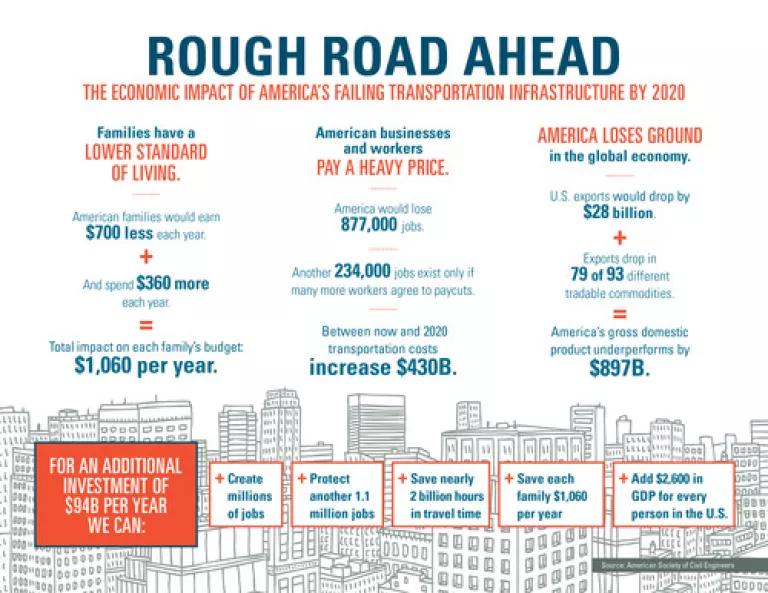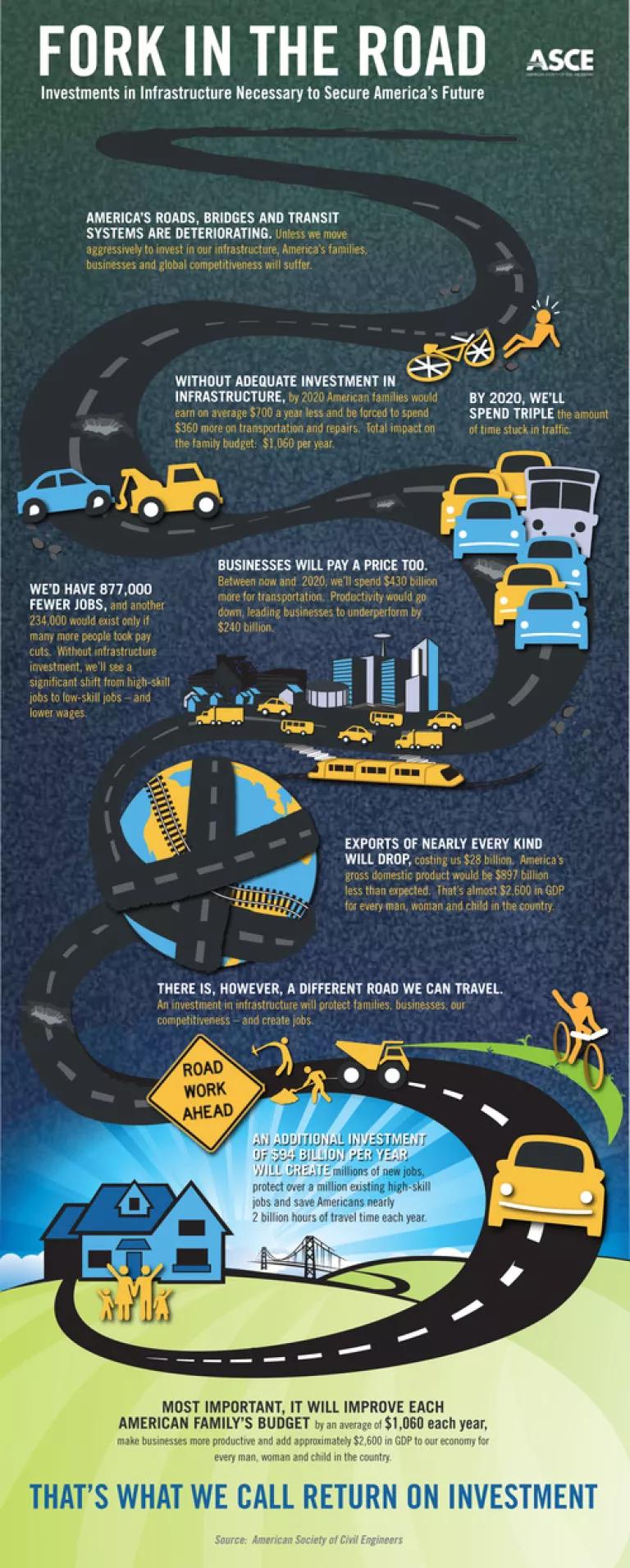Lord knows you'd be hardpressed to find many Americans who like paying a tax on gasoline, let alone any who favor raising it. Of course, folks like me who work on transportation policy by and large understand that the primary user fee -- taxes paid at the pump -- doesn't come close to generating enough funding to pay for our nation's transportation infrastructure.
Fun fact: Nationwide in 2010, state and local governments raised $37 billion in motor fuel taxes, but spent $155 billion on highways alone. All told, gasoline taxes (and tolls) pay for only about one-third of state and local road spending in the United States. As Streetsblog put it:
"There’s a persistent misconception in American culture that transit is a big drain on public coffers while roads conveniently and totally pay for themselves through the magic of gas taxes. And that used to be true — at least for interstate highways, a fraction of the total road network."
I cannot repeat this enough: The 18.4 cents per gallon federal fuel tax has not been raised in 20 years. The same is generally true for state gas taxes, which is why every state is struggling to pay its transportation bills. (All the more reason why Virginia Gov. McDonald's scheme to abolish the gas tax is beyond ludicrous.) Basic repair costs for our aging highway and transit networks far outstrip the government's coffers. The funding gap is even greater when it comes to expanding, improving and enhancing our transportation system.
Yesterday I attended an alarming yet instructive congressional briefing at which the American Society of Civil Engineers released a new report, Failure to Act: The Impact of Current Infrastructure Investment on America's Economic Future. The report analyzes two types of the nation's infrastructure needs:
- Building new infrastructure to service increasing populations and expanded economic activity; and
- Maintaining or rebuilding existing infrastructure that needs repair or replacement.
This particular report covers all infrastructure, including electricity, drinking water, wastewater, waterways and seaports, airports, and surface transportation. I'll focus mainly on the latter area, but ASCE estimates overall that America is on track to only fund about 60 percent of its infrastructure needs through 2020 -- dropping to 53 percent of its needs by 2040. ASCE says failure to address the funding gap will cost America: $3.1 trillion in lost GDP; 3.5 million lost jobs; and a decrease in household disposable income of $3,100 per year through 2020. The infographic below highlights just the transportation-related impacts.

Another report released yesterday, Falling Apart and Falling Behind, by the group Building America’s Future, reinforces the dire condition and consequences of the country’s transportation system. The report details how the U.S. dropped from the rank of first to 15th in the world for our infrastructure and it recommends specific actions Congress can take to improve our transportation system.
The BAF report makes a nice companion to ASCE's analsis on the costs of failing to act. Both make plain that the deficit no one is talking about but that we all should be worried about: infrastructure.
I'll close with another handy infographic that tells the tragic tale of our transportation woes and why we can expect a return on our investment.





